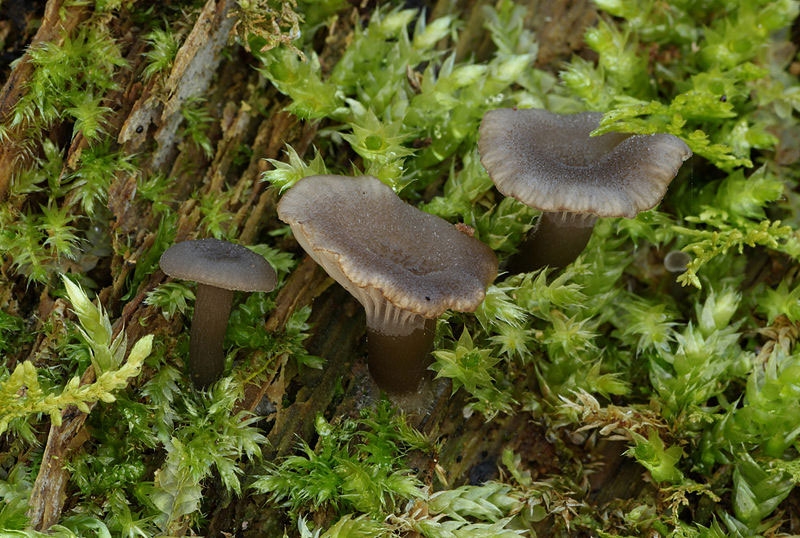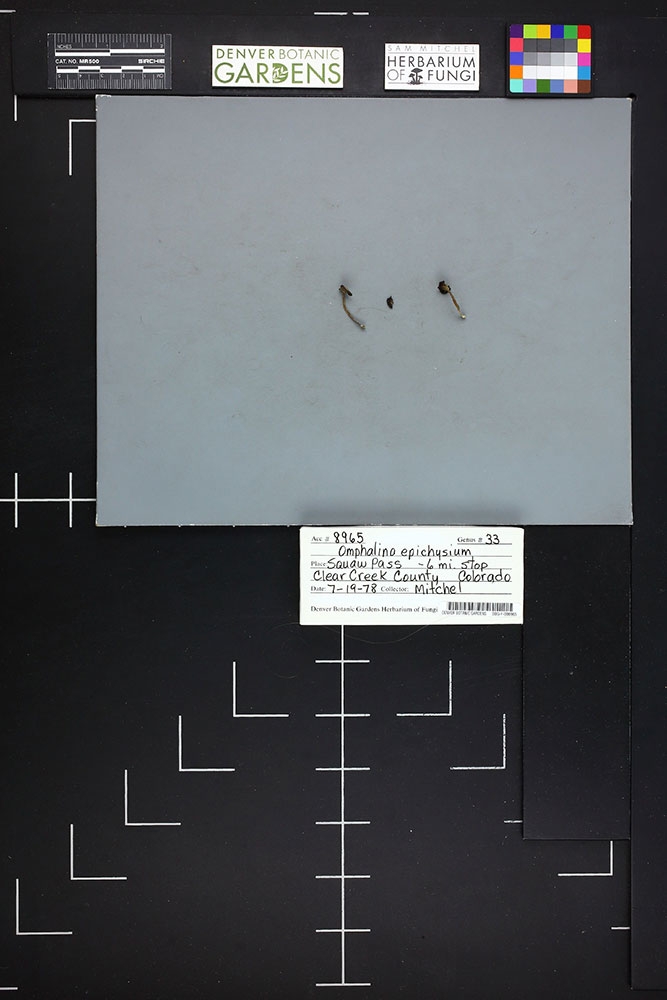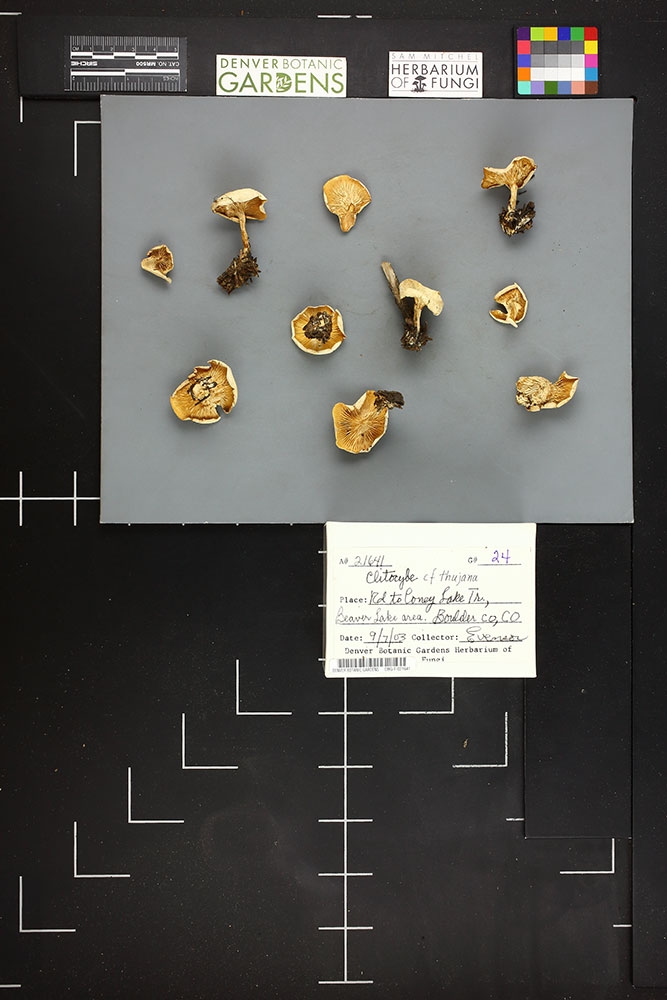Imaging the Sam Mitchel Herbarium of Fungi
In early 2019, the Freyer — Newman Center for Science, Art and Education was nothing but a deep hole in the ground, and the reality of moving the entirety of our natural history collections still felt like a distant oblivion. However, planning was well underway, and we wanted to be sure that our specimens were protected and thoroughly documented. For the Sam Mitchel Herbarium of Fungi, it became clear that we should undertake a monumental task: photographing and wrapping every single specimen in protective tissue paper before the move.
With the protocols tested and developed we began the journey in June 2019. Seasonal and permanent staff worked steadfastly through the mycological collection, checking every catalog number, opening every box, arranging each specimen to be photographed, and then gently tucking them in to their cozy new tissue paper resting places.
Finally, in late December we reached the last drawer in the final cabinet. A full-scale inventory process like this brought to light a variety of “lost” specimens as well as problems to solve, such as mismatched catalog numbers and specimens that we had not previously had in our database.
For example, prior to this project there was no digital record of Omphalina epichysium occurring in Clear Creek County, Colorado. This small grey-brown mushroom forming fungus grows in groups, usually on logs. The species is saprophytic, meaning it obtains nutrients by decomposing dead wood, and important role in Colorado’s forests.
During this imaging project, we found an O. epichysium specimen collected on Squaw Pass in 1978 by Sam Mitchel, the herbarium’s namesake. This will now serve as a “county record” or the first documented occurrence of a species in a county.
As of now, we have 14,825 new images of fungal specimens available online. This will aid in greatly in the management of our collection and its data, as well as our ability to share these specimens with the public and scientific community, especially within our new home in the Freyer — Newman Center.
Gallery



Add new comment